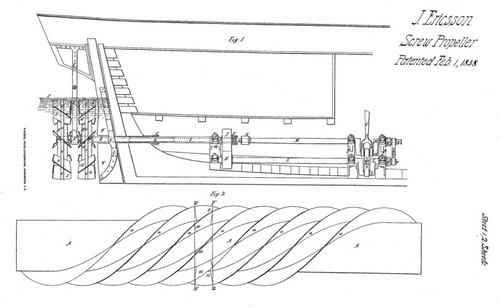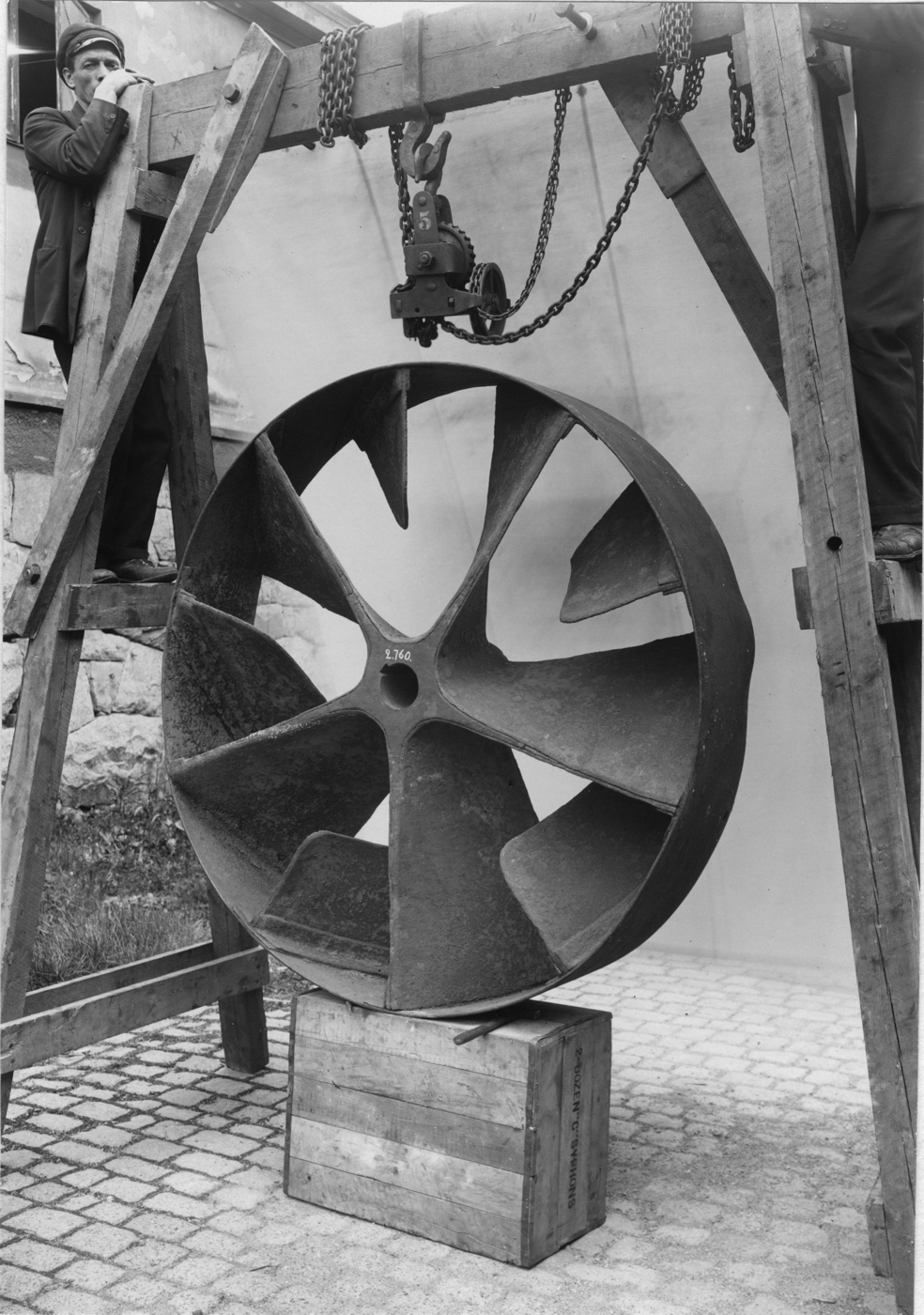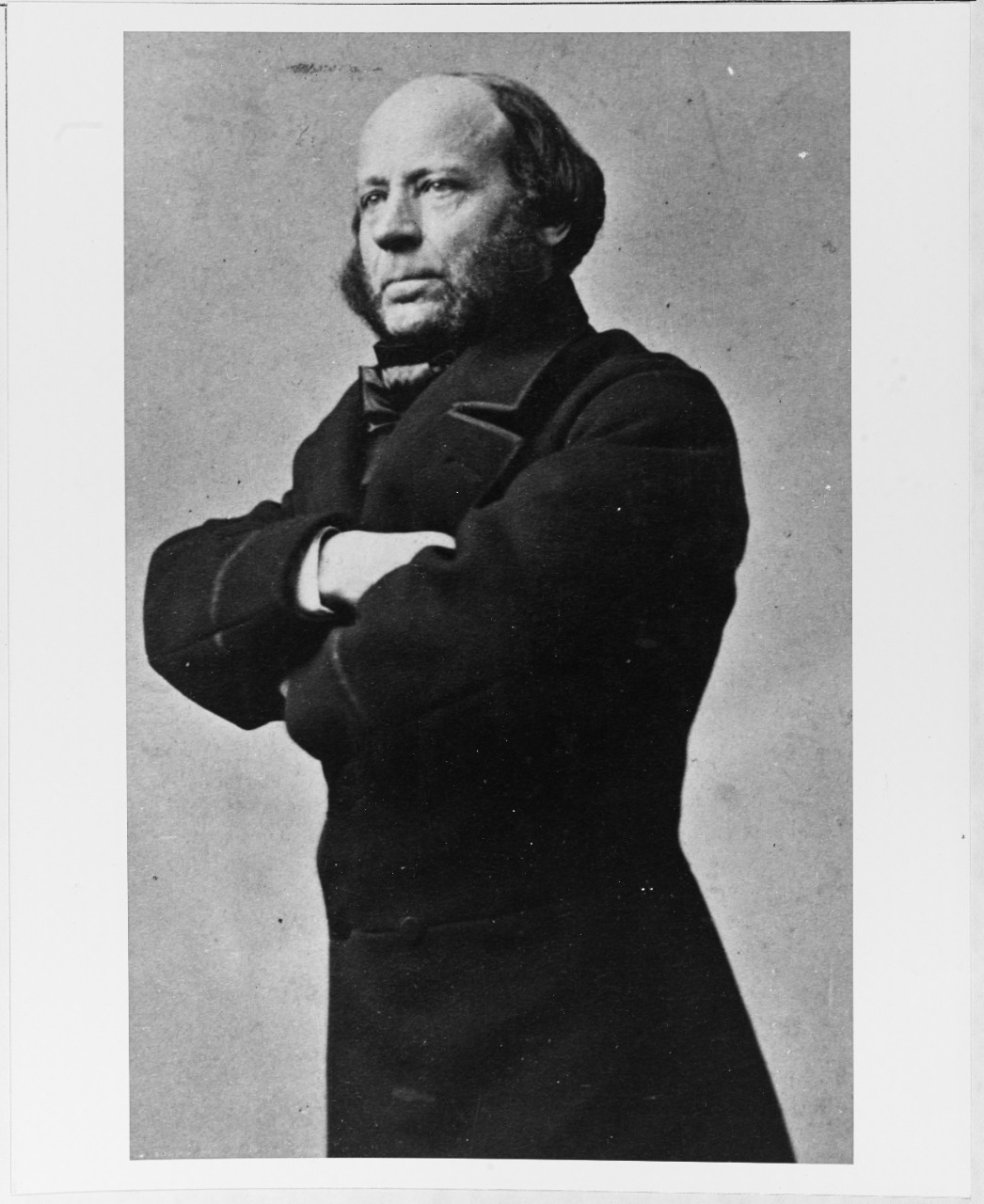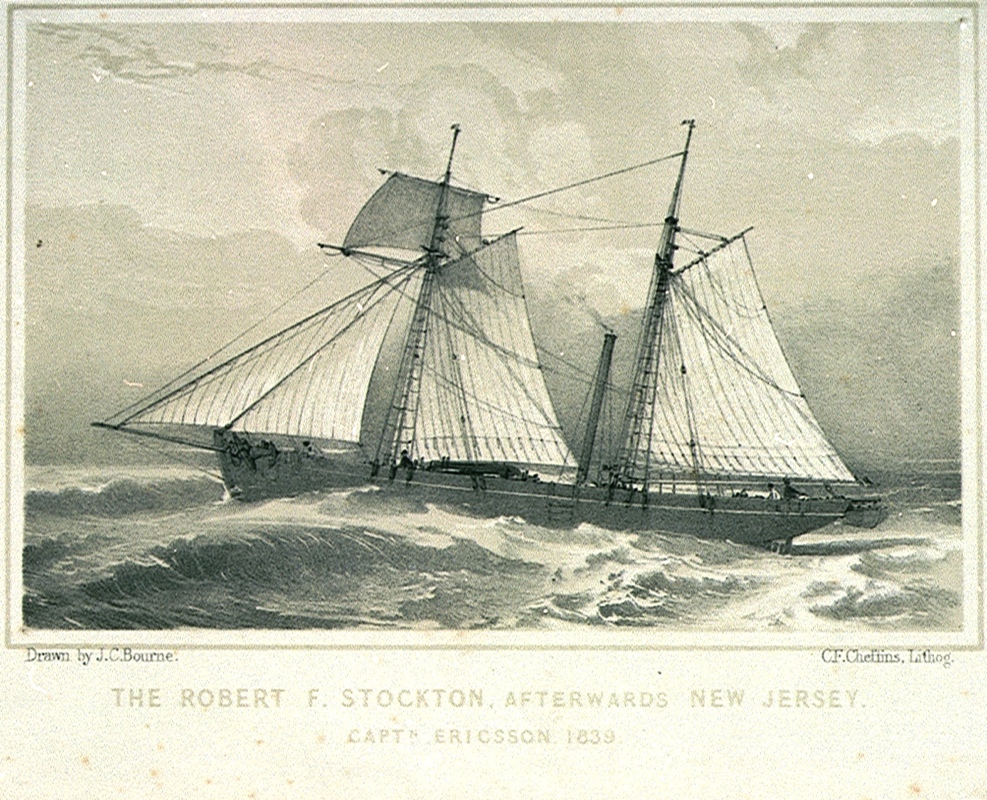First, it’s worth mentioning that most inventors and innovators who are credited with being the “first” to invent something are almost always not the first: they just got the credit for it.
Remember the Black Fez Axiom:
“History is always older.”

Telling the difference between science and what looks like magic has never been easy.
Take the Age of Sail, for example. Even though air is invisible, it was easy for people to understand what made ships move through water. All they had to see were the sails filling with air.
The same was true for the first steam-powered ships, which used giant paddle-wheels to propel themselves through the water.
But all that changed in 1836, after Swedish inventor John Ericsson proposed towing a barge carrying members of the Royal Admiralty around the Thames River using twin marine screw propellers powered by a steam engine.

The people watching the event from the shore were not only amazed, but highly confused. Where were the sails? Where were the paddle wheels? Certainly some black magic must be at work! Spectators, and even some able seamen, posited “flying devils.”

A John Ericsson propeller. circa 1840s
Ericsson’s first propeller ship was a steam-powered tugboat, the Francis B. Ogden. It was 40 feet long, 8 feet wide at the beam, drew 3 to 5 feet of water, and was capable of towing a barge at 7 mph—which is exactly what Ericsson did. But afterwards, the Lords of the Admiralty he’d invited for the ride were completely unimpressed—they even told him they didn’t care for his design!

John Ericsson
Ericsson took his second ship, the Robert F. Stockton, a much larger oceangoing vessel, to America, in hopes of getting a better reception. Which he did.

Early steamships still relied on sails for long voyages.
Further readings:
Iron Thunder: The Battle Between the Monitor & the Merrimac by Avi
Monitor: The Story of the Legendary Civil War Ironclad and the Man Whose Invention Changed the Course of History, by James Tertius Dekay
A History of the Growth of the Steam-Engine, by Robert H. Thurston, A.M., C.E., 1907. (free download)
Bonus fun: Click HERE
Willa Snap’s first illegal memoir: Idiot Genius: Willa Snap and the Clockwerk Boy, by Richard Due



He was not Swiss, he was Swedish.
LikeLiked by 1 person
Of course he was! Thank you!!!
LikeLike